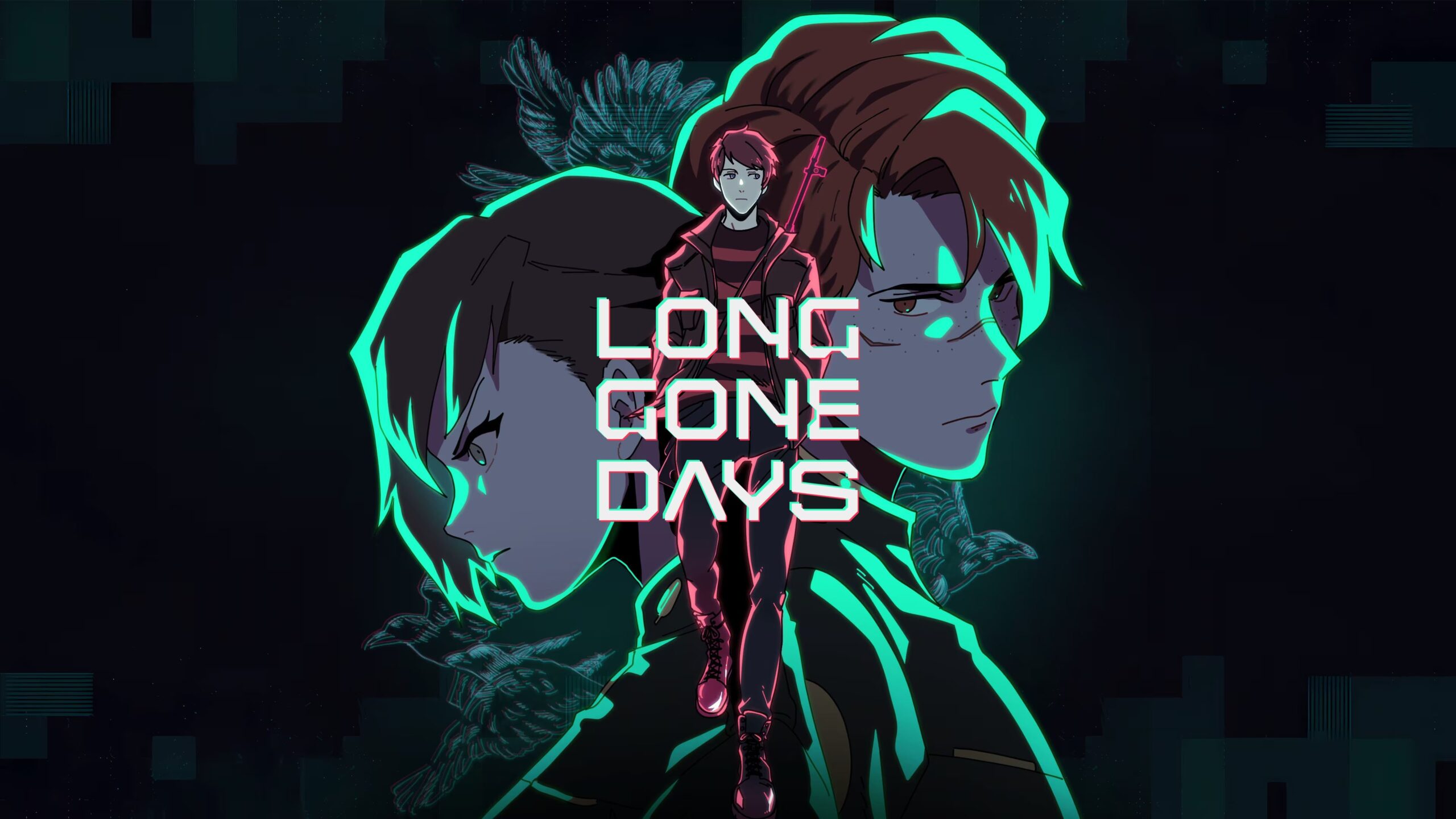
Anti-war themes and indie games often form a compelling partnership, driven by a desire to offer a fresh perspective on a subject that has been explored extensively in mainstream gaming. While major publishers may sometimes lean towards producing games featuring thrilling, action-packed depictions of war, indie developers face a unique challenge: making their anti-war message stand out in a sea of war-themed games.
It’s easy to say, “war bad” in a game centered around conflict and combat. Tue artistry lies in infusing nuance into this message. Indie developers seek to delve deeper, aiming to provoke thoughts and emotions beyond the surface-level condemnation of war.
This anti-war RPG follows a similar path to its contemporaries like Undertale, LISA, and even the subversively transgressive Virgo Versus the Zodiac. These kinds of games are inspired by RPG maker titles, often having tile-based movement and simple turn-based combat, and put their stories first. How well does this anti-war odyssey fare? Find out in this Long Gone Days review!
Long Gone Days
Developer: This I Dreamt
Publisher: Serenity Forge
Platforms: Windows PC, PlayStation 4, PlayStation 5, Nintendo Switch (reviewed), Xbox One, Xbox Series X|S
Release Date: October 10, 2023
Price: $24.99 USD
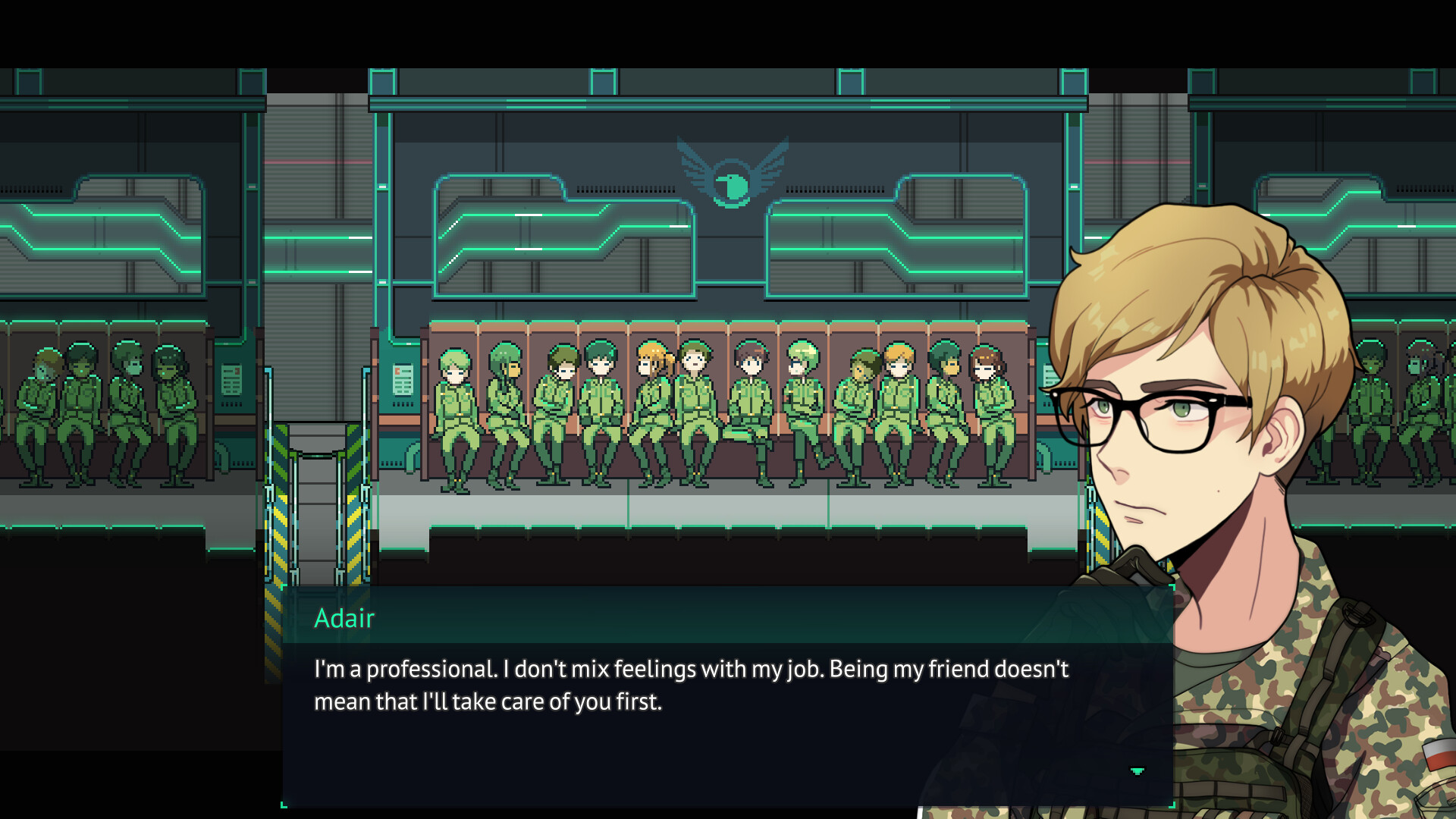
Long Gone Days delves into the secretive child soldier training program in Poland, where a false flag operation takes a catastrophic turn. Rourke, a skilled sniper in the Core’s regiment, was honed to be a lethal force, but he was also trained to protect. However, during his inaugural mission, he makes a chilling discovery—his targets are Russian civilians.
With the assistance of his medic and newfound comrade, Adair, Rourke endeavors to escape using a fabricated medical excuse. The predicament lies in the delicate nature of the false flag mission, one that brooks no deviation from its meticulously orchestrated plan. This slight deviation sets Rourke and Adair on a path to become fugitives, marked for execution by their former comrades.
Events escalate swiftly, propelling Rourke and Adair beyond the status of mere deserters or fugitives. They transform into prime political targets, placing everyone in their orbit at grave risk. Their attempts to maintain a low profile inadvertently expose those around them to the full might of the Core.
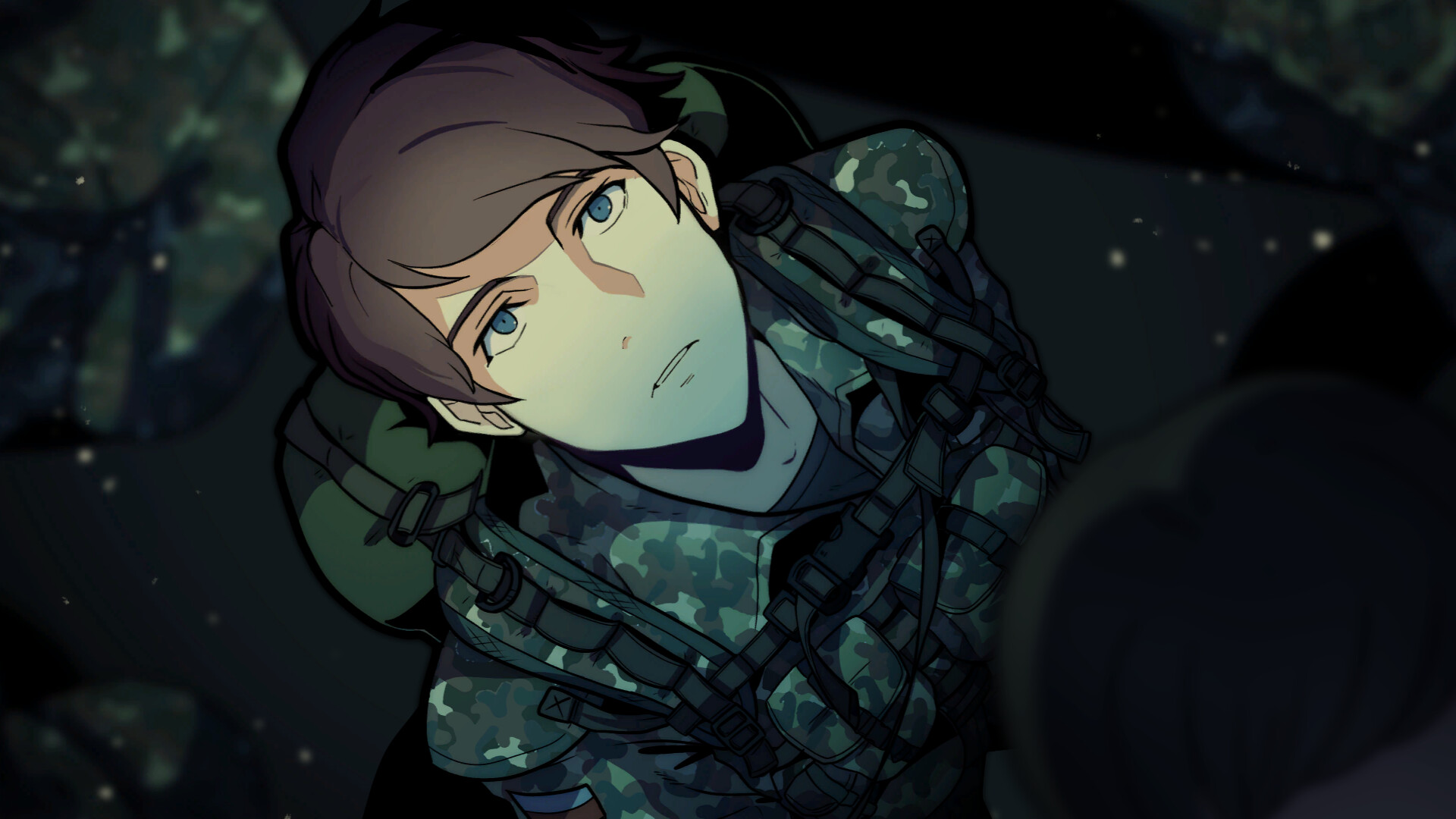
Rourke finds himself confronted with a harrowing predicament: the need to take up arms against comrades he once considered brothers in arms, all in the name of safeguarding innocent civilians. This ethical dilemma is at the heart of the player’s experience, as they navigate a narrative replete with tough choices that extend far beyond the battlefield.
The decisions made by players are the core where party morale is forged and altered, establishing the emotional backbone of the story. The opportunity to lend aid to others serves as a beacon of hope in the bleak landscape of conflict, providing players with a glimpse of humanity’s enduring resilience even amidst the chaos of war.
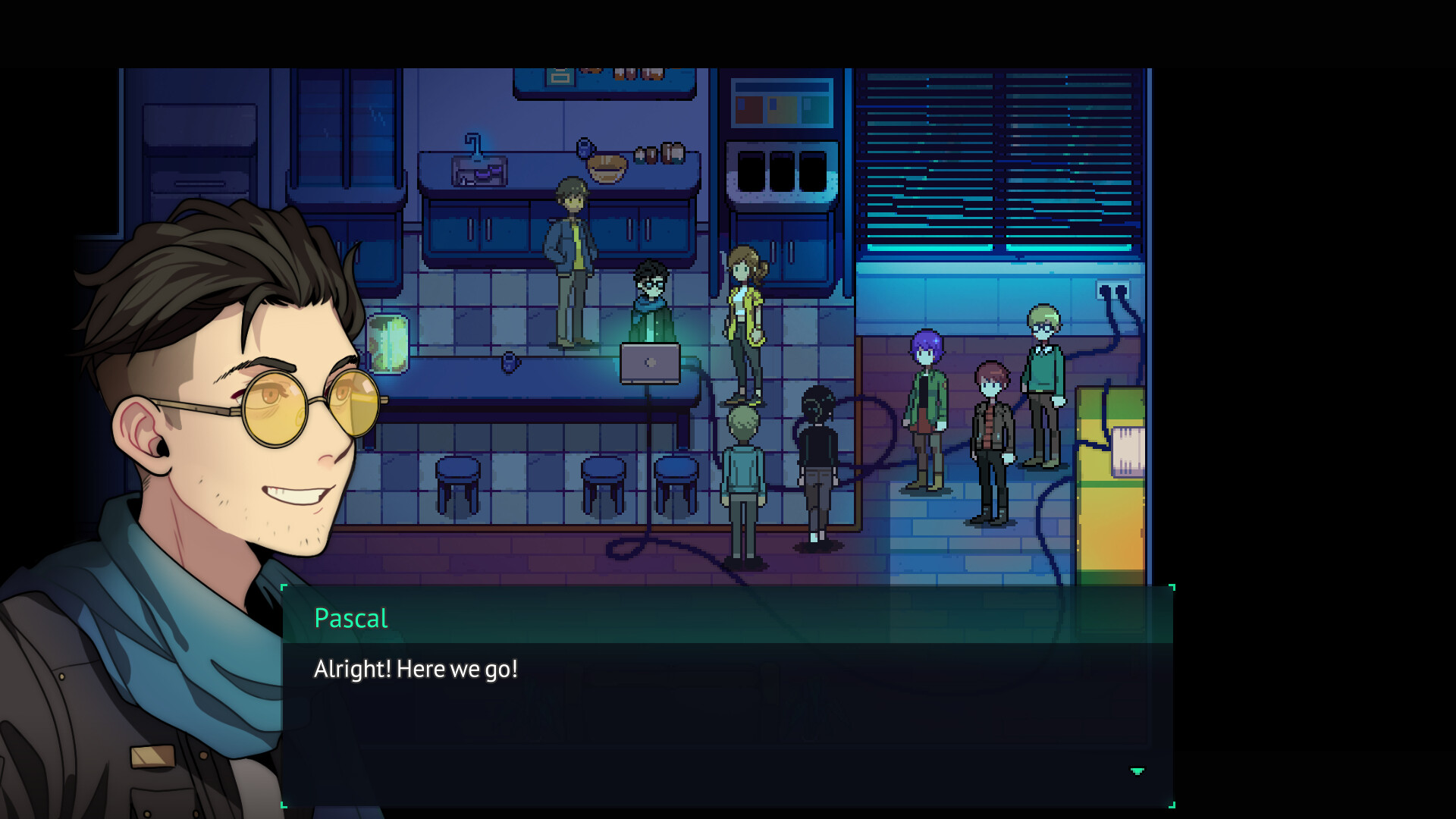
The protagonist is faced with a formidable language barrier. He speaks one language and needs interpreters to bridge the communication chasm when encountering Russian, German, and a multitude of other languages. This linguistic limitation adds a layer of complexity to an already engrossing narrative, setting the stage for a unique and often disconcerting gaming experience.
The language barrier reflects the challenges real-world soldiers encounter when deployed overseas, compelled to engage with locals under often strained circumstances. This is a major aspect of the game, contributing depth and texture to the story’s fabric. The palpable isolation that emanates from Rourke’s story underscores the profound human toll of warfare, painting a poignant and evocative picture of the sacrifices made by those who serve.

The only drawback to the story is how the media is portrayed. There are moments when Rourke and the gang could have potentially solved many of their problems by exposing Poland’s secret child soldier training program through the media. Strangely, it never occurs to anyone to take this route, despite the presence of several characters working for news organizations.
While Long Gone Days excels in presenting a grounded and believable narrative, there is an exception with the portrayal of the Polish Core army, which is something out of a Metal Gear Solid game. In most instances, the game’s setting and characters maintain a sense of familiarity, resembling real people. However, apart from Rourke and Adair, many of the core members feel out of place, as if they belong to an entirely different game.
Long Gone Days‘ gameplay resembles something made in RPG-Maker. Rourke navigates an overhead map with step-based tiles, a feature seldom seen in modern RPGs. Everything is streamlined and kept remarkably simple. There is no leveling system, as all encounters are scripted and predetermined, and characters acquire new abilities based on the progression of the story.
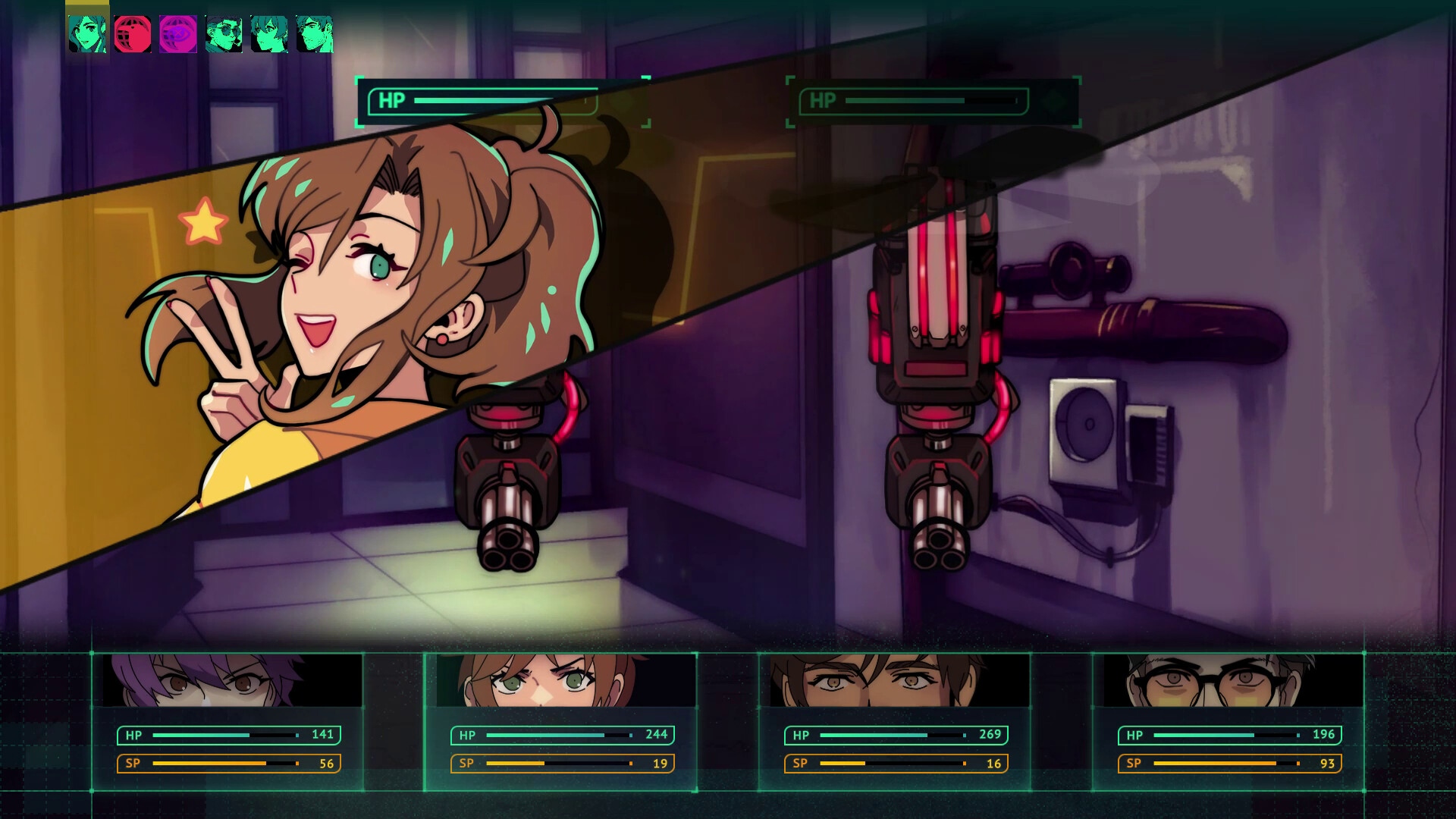
Combat employs a classic turn-based system reminiscent of older RPGs, featuring minimalistic visual representations of battles. Party members are portrayed solely as portraits, while the threats are represented by prominent animated graphics.
The system maintains a streamlined approach, limiting the number of threats to three at most, each with distinct body parts that can be targeted. Each body part possesses its own evasion and defenses, along with the potential to inflict status debuffs.
When engaged in battle, strategic options are somewhat limited. The primary challenge lies in the risk of missing attacks when targeting the head. Percentages are not displayed, so terms like ‘high evasion’ may not provide clear guidance to players. Surprisingly, the odds favor the player when consistently aiming for the head, making victories relatively easy to achieve.
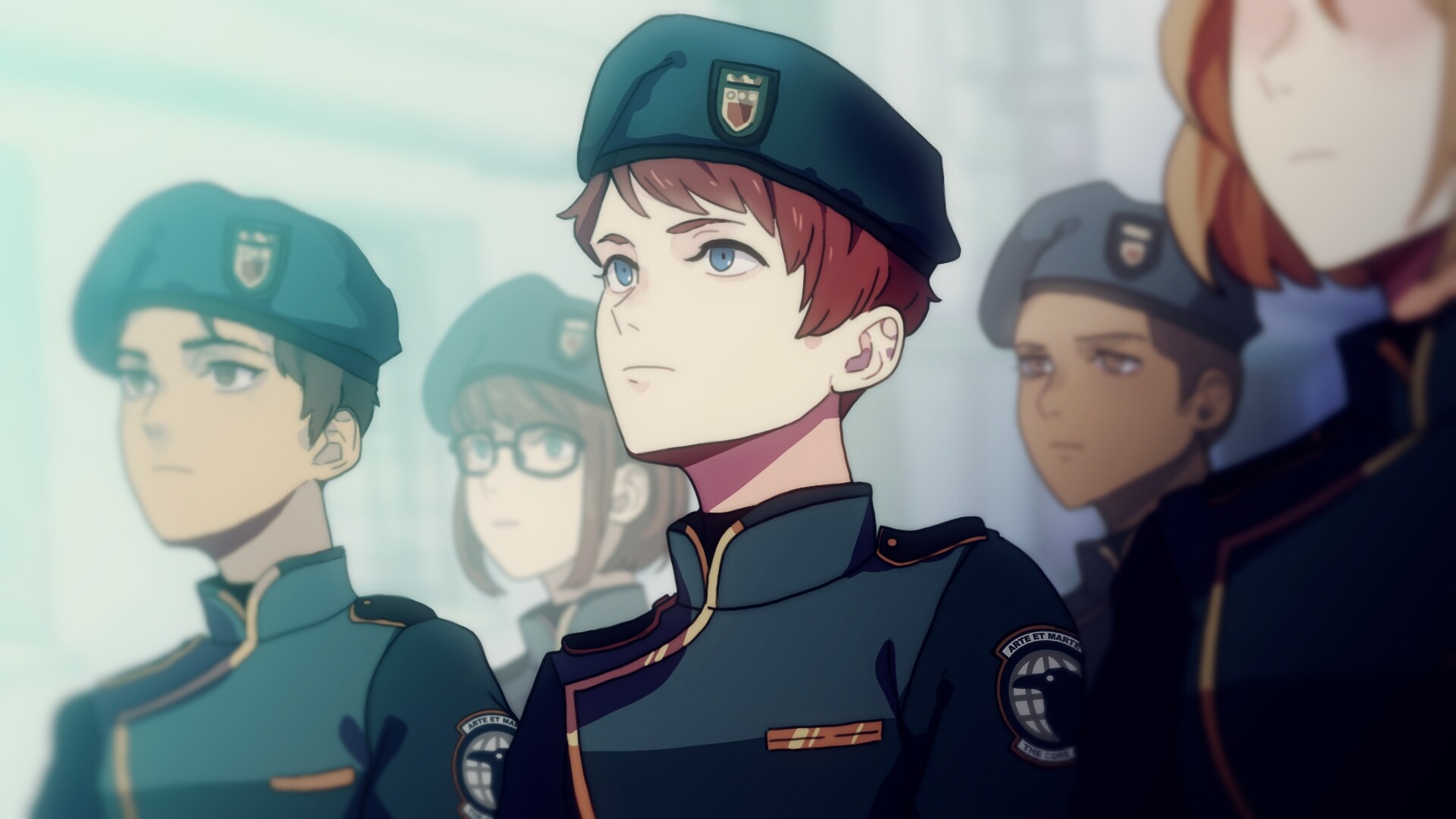
In some cases, battles can be avoided entirely which is always the better option if players can figure it out. There is no upside to getting into a fight since there is no XP system or growth. The only thing fighting does is dwindle the player’s limited HP and SP pools and possibly become a drain on limited resources.
The only bone that Long Gone Days gives to trigger-happy players is the choice of either a small restoration of SP or a couple of random items that restore some HP. The point of the story and game is to encourage players to find a peaceful route and the game does a fine job of conveying this message at the expense of compelling RPG gameplay.
The primary incentive for pursuing side quests lies in the acquisition of valuable consumable items. Given the presence of lengthy boss fights, the element of luck can play a significant role, and missing attacks can be detrimental. As battles extend, they impose a greater strain on the party’s health and deplete their limited resources. Completing as many optional quests and assisting individuals becomes necessary.
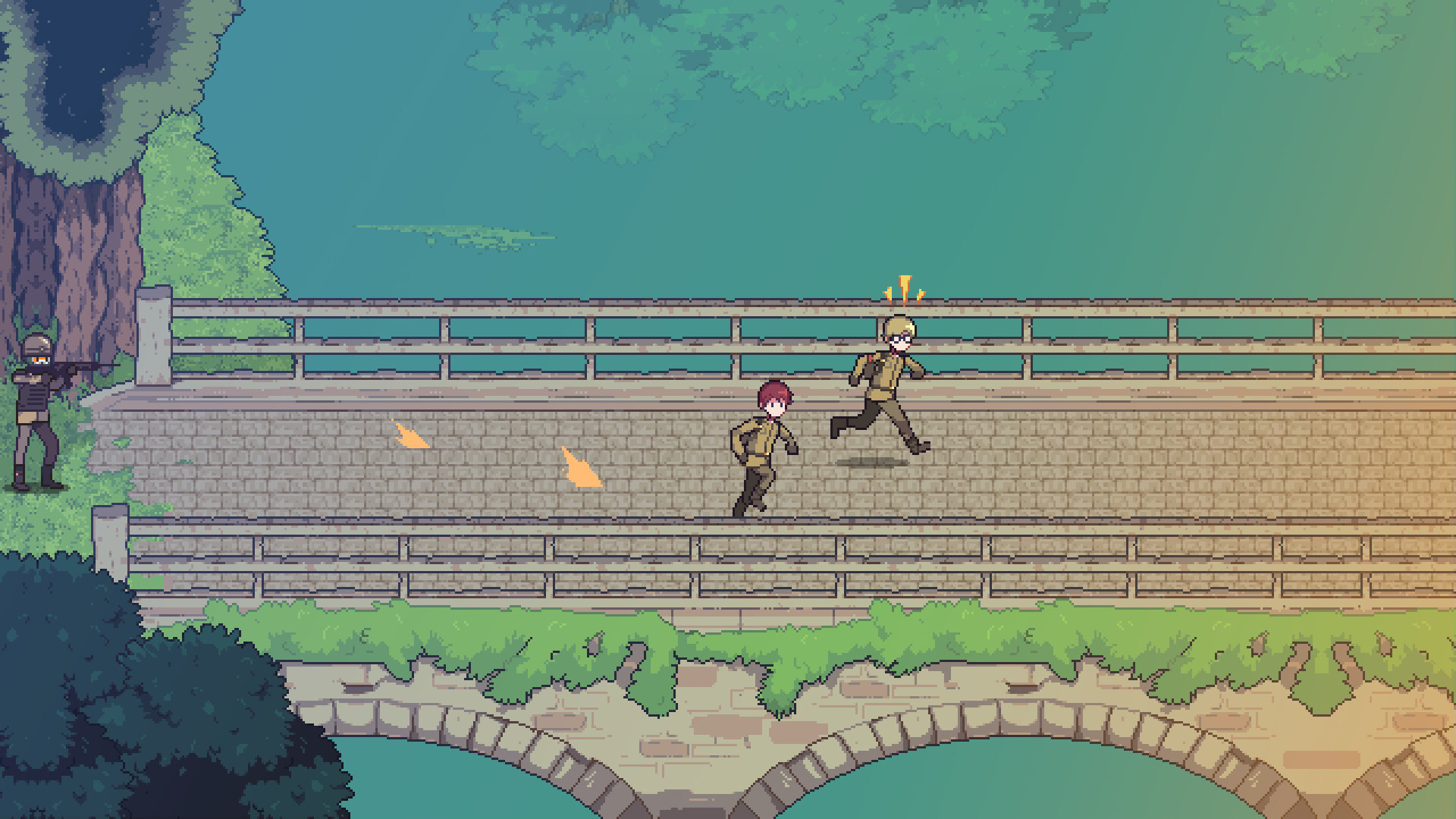
The graphics are pleasing and go for an easy-on-the-eyes pastel color pallet which is popular with many indie games. There is some incongruency between the two art styles it uses: the overworld sprites clash with the HD-drawn art. It can feel like experiencing two different games where both styles fail to become cohesive.
The overall look and style do not accurately convey the tone of the story. Characters resemble something out of a dating sim and the soft colors fail to convey the harsh severity of the scenarios. Everything feels too clean and idyllic.
Long Gone Days has a lot of heart to it, but it is sorely lacking in its mechanics. This is not much of an RPG but is more akin to a visual novel with some tense sequences that are expressed in the style of retro RPG battles. The simplistic sniping sequences make more sense and are executed much more effectively at conveying the themes of the story and fit the gameplay better.
Long Gone Days was reviewed on Nintendo Switch using a code provided by Serenity Forge. Additional information about Niche Gamer’s review/ethics policy can be found here. Long Gone Days is now available for Windows PC (via Steam), Xbox One, Xbox Series X|S, PlayStation 4, PlayStation 5, and Nintendo Switch.